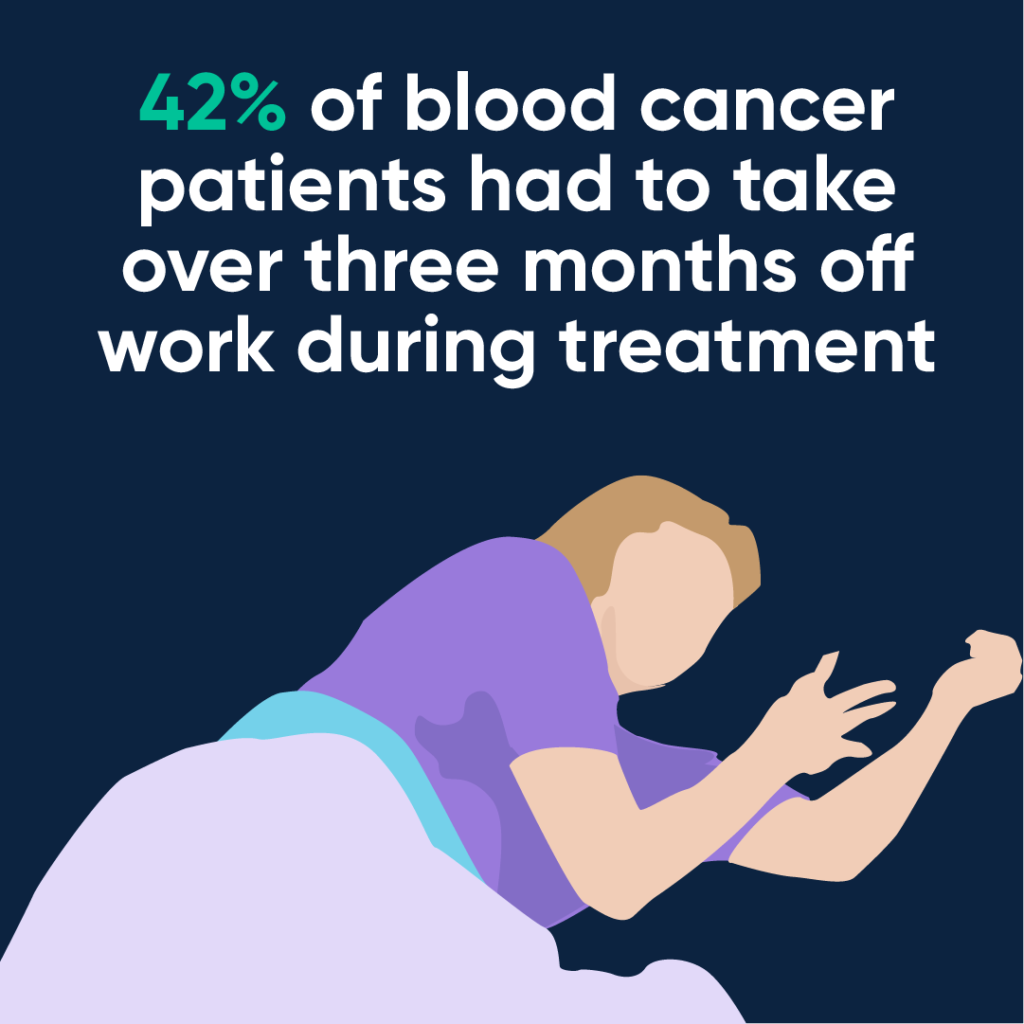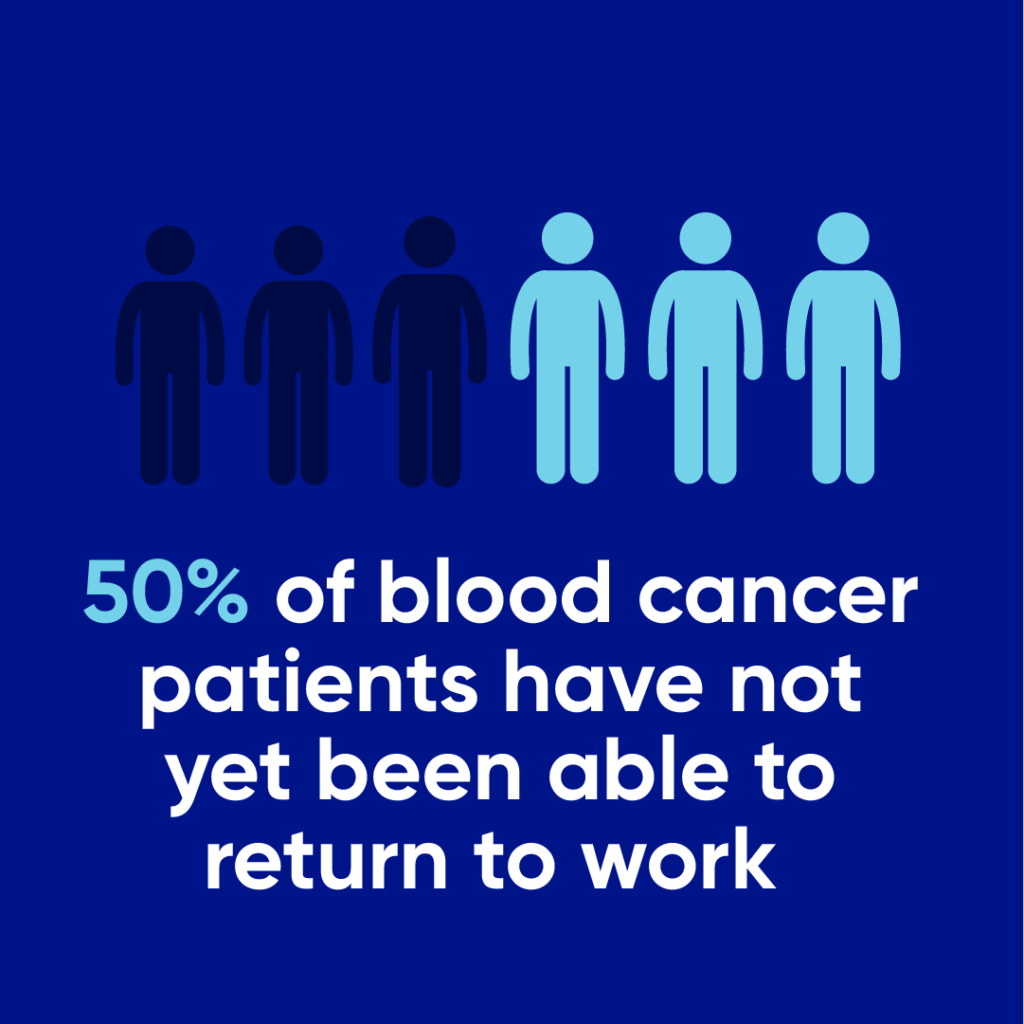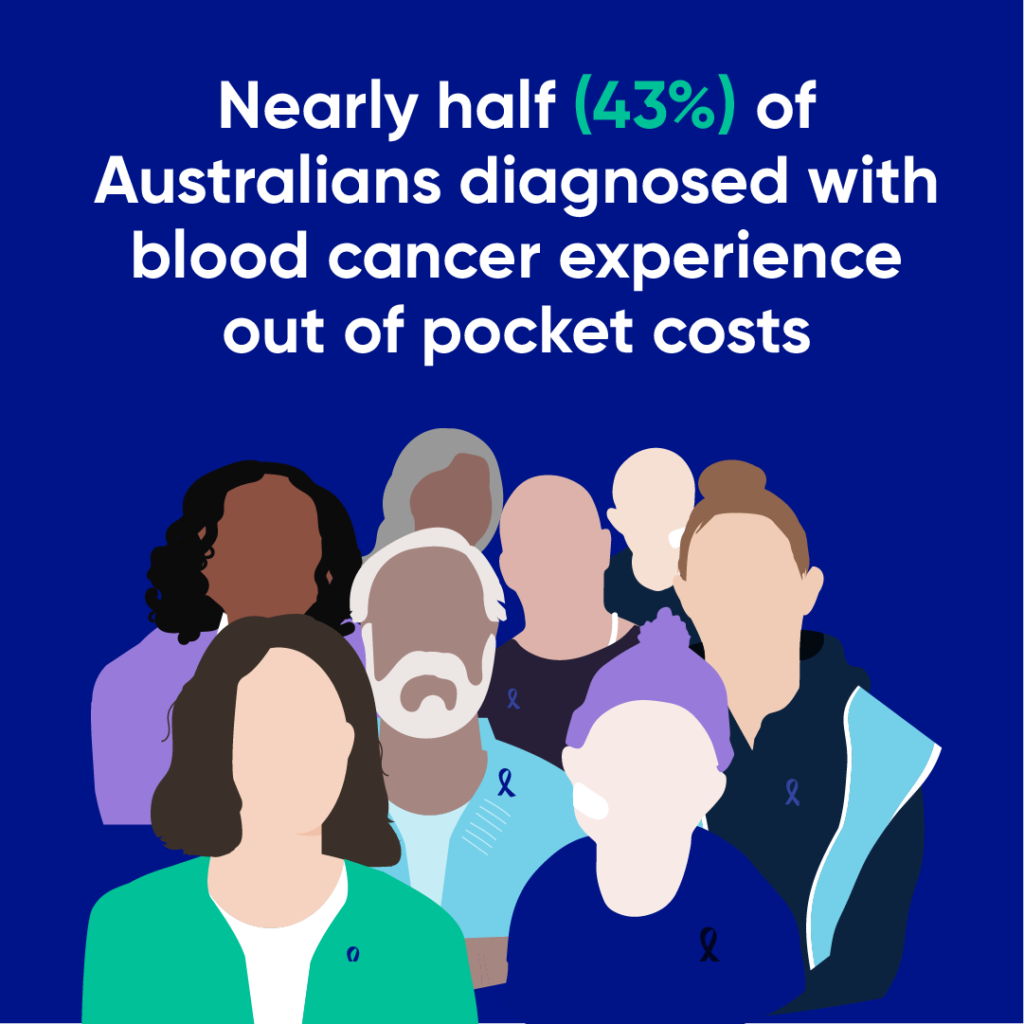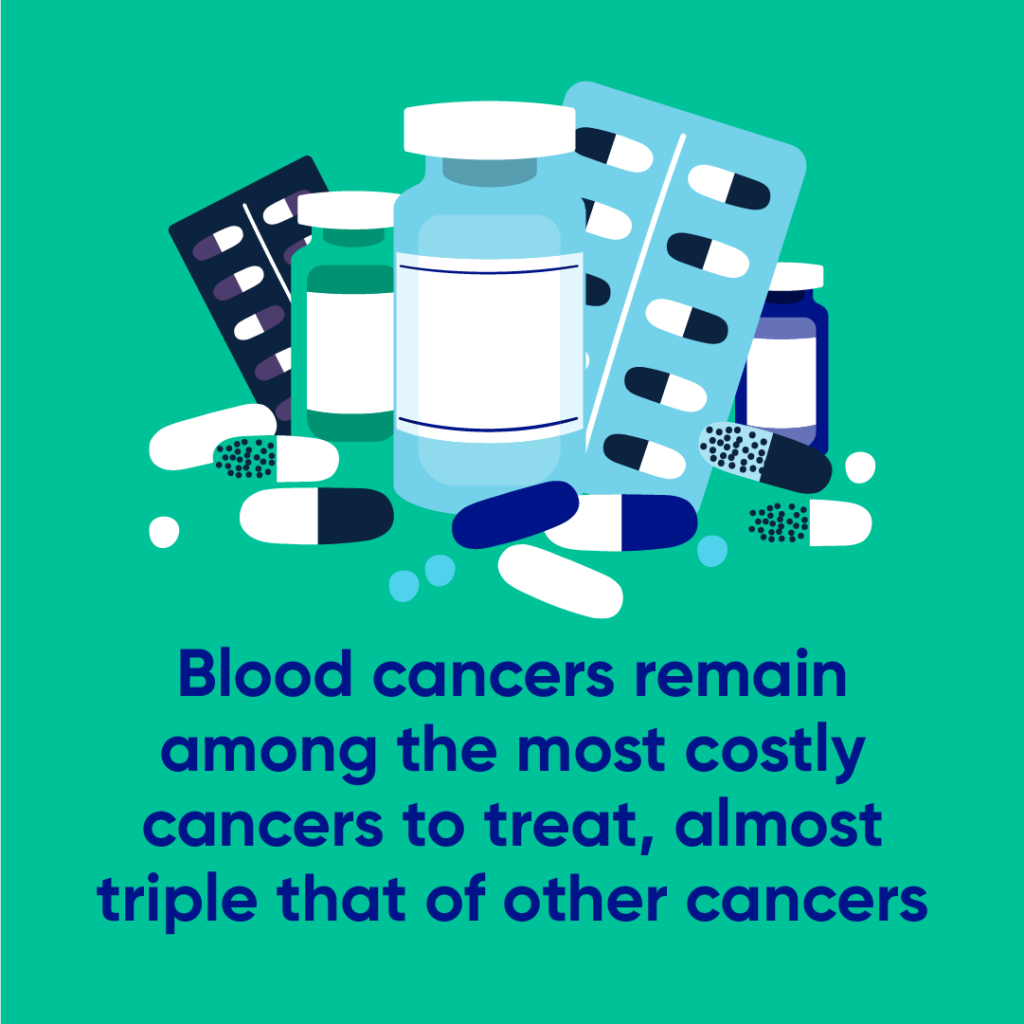Australia’s costly cancer burden
Pre released findings from State of the Nation: Blood Cancer in Australia 2023 show blood cancer patients face impossible financial choices
In 2019, the Leukaemia Foundation launched the first ever State of the Nation: Blood Cancer in Australia (SoTN) report. This report set a goal that by 2035 there would be zero lives lost to blood cancer. In practice, this would mean that by 2035 there are zero preventable deaths, made possible by timely and equitable access to best practice treatment.
The 2023 version of the report updates key evidence from the first SoTN. Specifically, it provides an update of the People Living with Blood Cancer survey, an update of incidence and mortality projections based on latest available cancer registry data, and an update of key stakeholder perspectives regarding the main priorities for action.
Remarkably, more than 4,600 people living with blood cancer responded to the consumer survey – a 40 per cent uplift on the previous survey which serves to highlight the continued importance of this policy agenda to Australian communities.
Some early findings, pre released in February 2023 to mark the launch of the Leukaemia Foundation’s 25th World’s Greatest Shave, show the significant financial strain a blood cancer diagnosis is putting on Australians living with the disease.
Pre-released findings from State of the Nation: Blood Cancer in Australia 2023
- Nearly half (43 per cent) of those diagnosed experienced out of pocket treatment costs totalling hundreds and sometimes thousands of dollars.
- 42 per cent of patients had to take over three months off work during treatment
- 30 per cent had to leave their job
- 50 per cent have not yet been able to return to work
- Blood cancers remain among most costly to treat, almost triple the cost of other cancers
- The weighted average out-of-pocket costs to an individual with blood cancer ranges from $5,000-$11,000, compared with other cancer patients who incur around $2,500 in out-of-pocket costs.
- Most patients used savings to fund the cost of their treatment and care. Some had to sell assets including their house or car to pay for treatment, while others used charity food boxes, and turned charities like the Leukaemia Foundation.
State of the Nation: Blood Cancer in Australia 2023 is due for release in full at leukaemia.org.au later in 2023. The 2019 report can be found here.
There were 4,600 patient respondents to the 2022 online survey. The sample is statistically significant, with 95 per cent confidence the true value would be within +/- 1.29 per cent margin of error. Survey logic was used to vary which questions patients received. The survey logic was dependent on the question “Have you been newly diagnosed or experienced a relapse or transformation with a blood cancer since 2018?”.
Respondents who were diagnosed prior to 2018 (pre-2018) received fewer questions. The survey delivered a good representation of blood cancer sub-types, states, regional status, age and private health insurance status. The survey, along with 24 other stakeholder consultations, took place over a period spanning October-December 2022.



